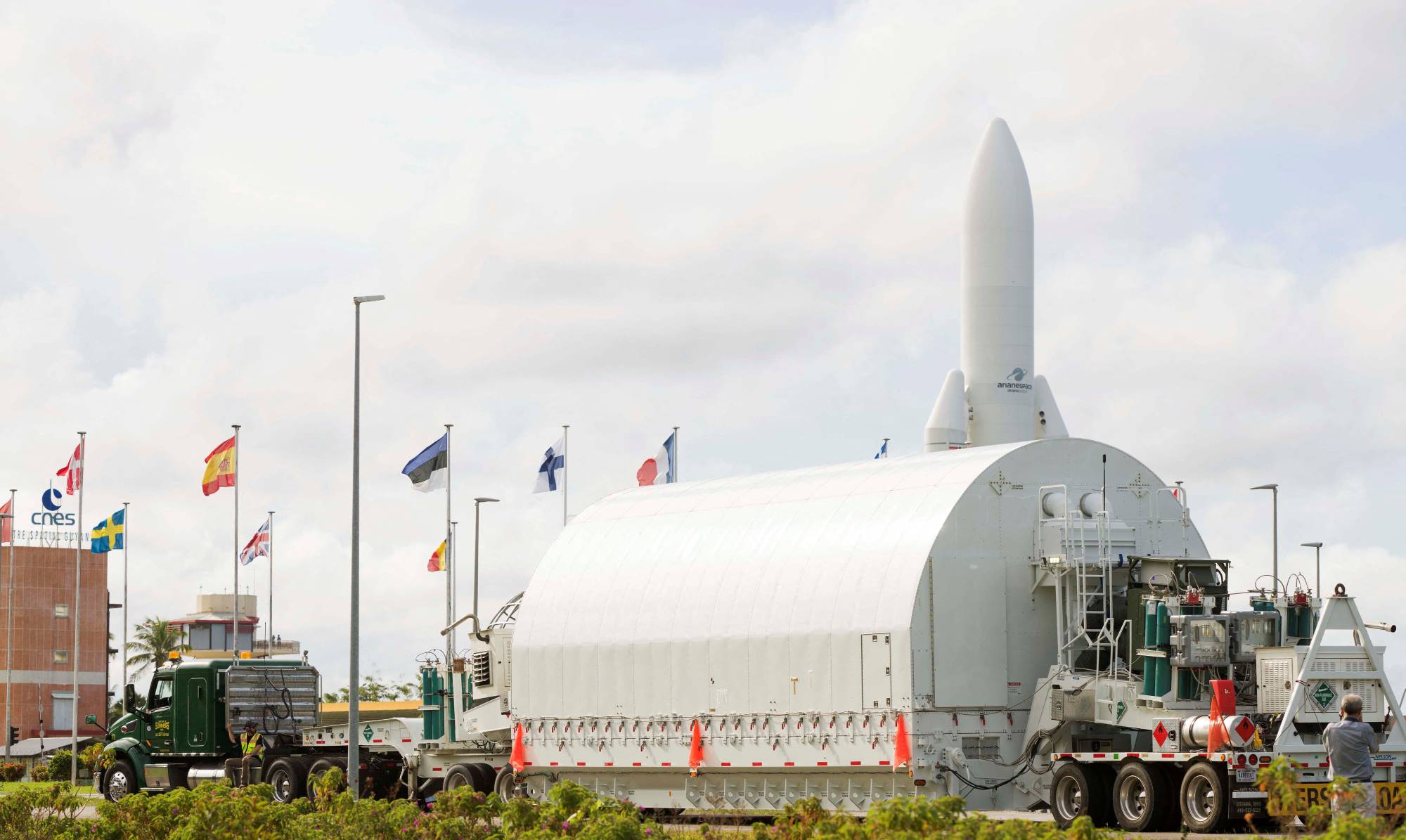On Christmas Day, NASA is scheduled to launch the James Webb Space Telescope. If successful, it could alter humanity’s understanding of its place in the universe and reinvigorate American science and technology. But at a cost of some $11 billion, the new instrument is also a significant risk.
NASA has no Plan B if it fails. And fail it could: Hundreds of parts and processes must operate perfectly or jeopardize the entire mission — and potentially set astronomy back by a generation.
The agency never intended to take such a gamble when it began work on a successor to the famed Hubble telescope in the late 1990s. Here’s hoping that lessons learned during this tortured process ensure it never has to do so again.

















With your current subscription plan you can comment on stories. However, before writing your first comment, please create a display name in the Profile section of your subscriber account page.